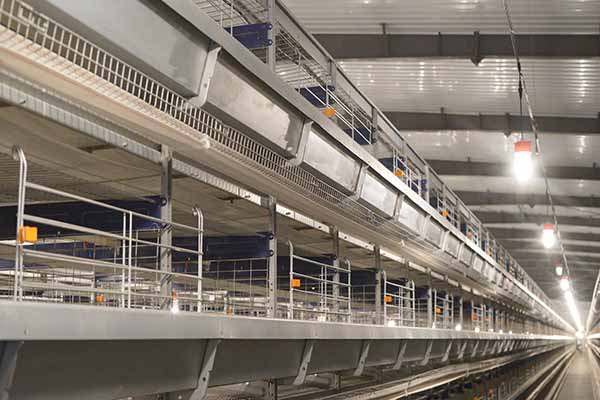Optimizing Chicken Hatchery Integration with Battery Cages: A Comprehensive Guide
Introduction to Battery Cages
Battery cages are a critical component in modern chicken hatcheries, providing an efficient and hygienic environment for raising chickens. By integrating battery cages into hatchery operations, producers can enhance the overall productivity and welfare of their birds.
Key Benefits of Battery Cages in Hatchery Integration
– Enhanced Egg Quality: Studies show that chickens housed in battery cages tend to produce higher-quality eggs, with a lower risk of bacterial contamination.
– Improved Productivity: Battery cages allow for more efficient use of space, reducing the need for larger facilities and associated costs.
– Reduced Injury Rates: With controlled movement and nesting areas, battery cages minimize the risk of injury among chickens.
Choosing the Right Battery Cages for Your Hatchery
When selecting battery cages for hatchery integration, consider the following factors:
– Material: Ensure the material is durable, easy to clean, and resistant to corrosion.
– Size: Cages should be of appropriate size to accommodate the specific breed of chicken being raised.
– Accessibility: Easy access for feed, water, and monitoring tools is crucial for efficient management.
Integration Process and Best Practices
Here are some steps to effectively integrate battery cages into your hatchery:
1. Space Planning: Plan the layout of your hatchery to ensure optimal use of battery cages.
2. Temperature Control: Maintain a stable temperature within the battery cages to promote chicken health.
3. Sanitation: Regular cleaning and disinfection of the battery cages are essential for disease prevention.
4. Ventilation: Ensure adequate ventilation to maintain air quality and reduce the risk of respiratory issues.
Cost and Return on Investment (ROI)
The initial cost of battery cages can be substantial, but the long-term benefits often outweigh the expenses. According to a recent study, integrating battery cages into a hatchery can yield an ROI of up to 20% over five years due to increased egg production and reduced disease outbreaks.
Case Studies and Success Stories
Numerous hatcheries have successfully implemented battery cages, leading to significant improvements in their operations. One such example is the GreenHarvest Hatchery, which experienced a 30% increase in egg production after integrating battery cages.
Conclusion
Battery cages for hatchery integration offer a range of benefits that can improve the efficiency and profitability of your chicken farming operation. By carefully selecting and integrating battery cages, you can optimize your hatchery’s performance.
Stay Ahead with LIVI Mechanical
As a leader in hatchery equipment, LIVI Mechanical offers customized hatchery solutions to help you achieve peak productivity. Don’t miss out on our free hatchery design plans and equipment quotes. Get in touch with our team today!





